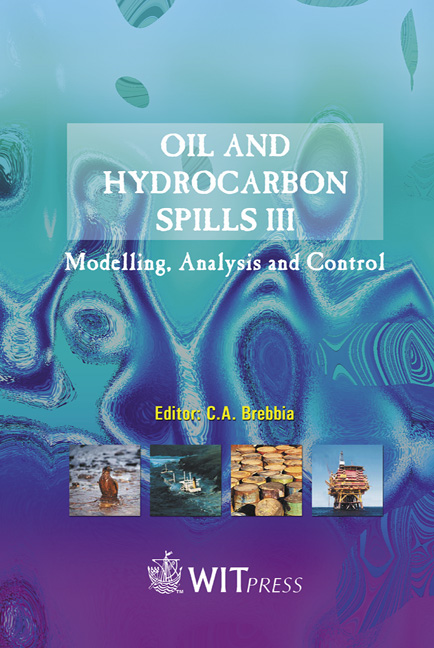Numerical Modelling Of Oil Spills In Coastal Zones. A Case Study
Price
Free (open access)
Transaction
Volume
59
Pages
Published
2002
Size
666 kb
Paper DOI
10.2495/OIL020041
Copyright
WIT Press
Author(s)
J. L. S. Pinho, J. S. Antunes do Carmo & J. M. P. Vieira
Abstract
A computational structure has been developed to forecast the time-space evolution of oil spills in marine environments. This structure was developed taking into account widely used mathematical formulations for oil spreading and weathering processes. A Eulerian transport model, that uses hydrodynamic results obtained with a two-dimensional and a quasi three-dimensional hydrodynamic model, was used to predict the oil slick transport and spread. This paper presents the general characteristics of the computational structure and the results of its application to a real case: study: the Cercal accident in October 1994. 1 Introduction Petroleum products that enter the marine environment have distinct effects, according to their composition, concentration and the elements in the environment that are considered. Petroleum pollution modifies the environmental conditions and can be translated into: transformations of the chemical composition of the environment and alterations in its physical properties; destruction of the marine biomass nutritional capital; danger to human health; and changes in the environmental biological equilibrium. In order to combat the permanent danger of marine pollution caused by hydrocarbon spills efficiently, it is Extremely important, once a spill has been detected, to be able to predict both its location and the corresponding transformations as quickly and as precisely as possible. Under favourable conditions, tele-detection can be used to monitor the affected zones and the extent of the spills. However, numerical models are intrinsically capable of predicting the evolution and behaviour of the oil spill at sea, regardless of the
Keywords





